Yates Account
Join now
Create a Yates account today!
Sign up to join the Yates Garden Club for monthly e-mails packed with seasonal inspiration, tips for success & exclusive promotions.
Plus if you’re a Garden Club member you can take part in the Yates Growing Community - a blog to share successes, get advice & win prizes in fun challenges along the way!

Forgot password
Enter the email address associated with your account, and we'll email you a new password.
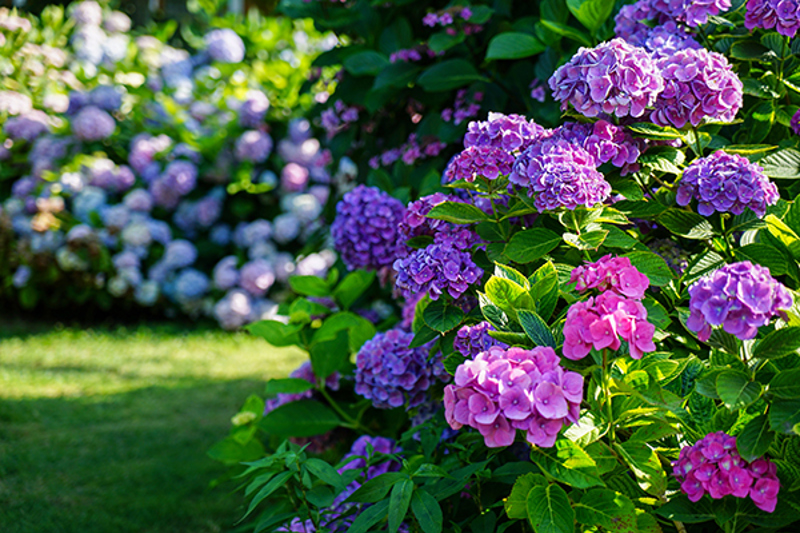
Heavenly Hydrangeas
Hydrangeas are stunning show-stoppers when in flower. Gorgeous flower colours and shapes include the traditional brilliant blue, white and bright pink mopheads, as well as ruby red, lime green, multi-toned and lace cap flower heads.
With summer just around the corner, hydrangeas are entering flowering season. Here are a few tips to help keep your hydrangeas happy and healthy, to prepare for their exuberant flowers:
-
Most hydrangeas prefer growing in a position that's protected from harsh sun. Morning sun and afternoon shade is ideal, or dappled sun all day works nicely.
-
Keep hydrangeas well-watered, as their large leaves can rapidly lose moisture. Hydrangea foliage can also be susceptible to sunburn during hot dry weather - move potted hydrangeas into a more sheltered location. Apply Yates Thrive Natural Seaweed Tonic around the root zone of hydrangeas to help them cope with heat and drought stress.
-
Feed hydrangeas regularly with Yates Dynamic Lifter Organic Plant Food. It contains a rich blend of chicken manure, blood & bone, fish meal and seaweed and provides slow release organic nutrients to hydrangeas and improves the quality of the soil. Scatter Dynamic Lifter around the root zone of your hydrangeas and water in well.
-
Watch for white 'talcum powder'-looking spots on leaves; it can indicate damaging powdery mildew is present. Regular sprays with Yates Rose Gun Spray will keep powdery mildew under control.
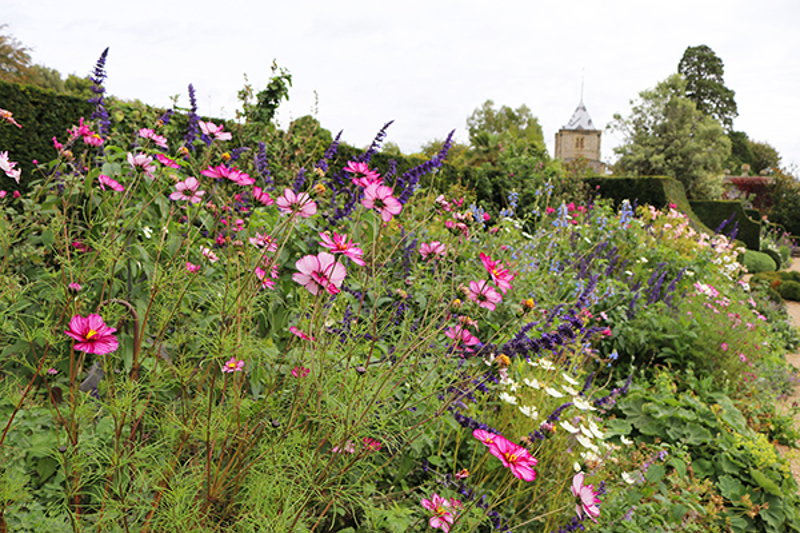
Grow A Village Green
If the idea of a beautiful vintage garden border overflowing with flowers sounds wonderful, then Yates Village Green Vintage Border Mix is for you! It embraces the iconic gardening style of yesteryear, with an informal and romantic blend of more than 43 varieties of flowers. It will radiate old fashioned charm with a rainbow of vibrant colours and will help attract bees and butterflies into your garden.
Yates Village Green Vintage Border Mix contains gorgeous flowers including campanula, cherianthus, chrysanthemum, cornflower, cosmos, dahlia, delphinium, dianthus, foxglove, godetia, gypsophila, hollyhock, larkspur, lupin, matthiola, nemophila, nigella and poppy. It can be sown all year round and the result will vary depending on the climate and time of year.
This blend is best suited to a garden bed or border that receives at least 6 hours of sunshine a day. It’s easy to sow this mix by scattering seeds thinly direct where they are to grow onto bare soil and rake lightly into the soil surface. Firm down, keep moist and seedlings will start to emerge in 7–21 days.
To promote lots of gorgeous colour, feed the flower bed each week with Yates Thrive Flower Fruit Soluble Fertiliser, which provides a complete and balanced diet of nutrients as well as being boosted with additional potassium to encourage flowering. Keep the soil moist and regularly trim spent flowers to help prolong the flower show.
Growing tip: Kill off any weeds in your flower bed two weeks before sowing with Yates Zero Triple Strike Weedkiller, as weeds will compete with your new flower seedlings.
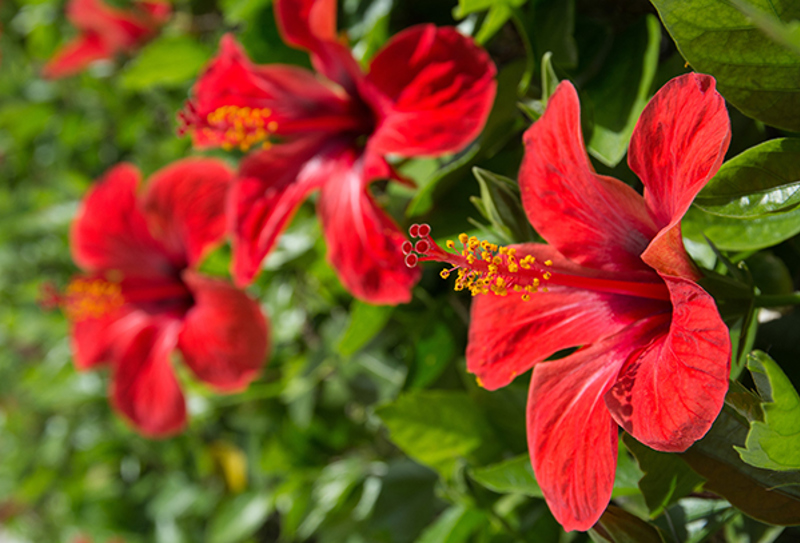
Bring the Tropics to Your Garden
Hibiscus bring a colourful, tropical feel to gardens with big, showy flowers in a range of extravagant colours. Hibiscus love a hot sunny spot.
During summer, where night time temperatures stay above 12°C, hibiscus can be planted outdoors in a warm sunny garden bed with well-drained soil. They're also great in a pot, displayed to advantage in a courtyard, or on a balcony.
In cool areas with frost, where the temperature drops below 12°C, potted hibiscus can be brought indoors into a brightly lit spot. They'll bring a lovely summery feel inside with them! Each flower has an extended shelf life of up to three days, with new flowers emerging each week. The exotic-looking blooms can also be cut and displayed in a shallow bowl of water.
Keep their soil or potting mix moist. To keep hibiscus looking great and encourage lots of gorgeous flowers, give them a light trim in late winter or early spring, then feed each week from spring to autumn with Yates Thrive Roses Flowers Liquid Plant Food. It’s as simple as mixing 1–2 capfuls into a 9L watering can, then applying over the plant and soil around the root zone.
Pest watch: Hibiscus can be prone to aphids, which feast on the sugary sap. Control aphids with regular sprays of Yates Rose Gun.
While flowering, hibiscus can also attract hibiscus flower beetles. Usual symptoms are small holes chewed into flowers and leaves. Healthy plants can respond to the hibiscus beetle by prematurely dropping damaged flower buds, so if you notice flowers falling off early, it's wise to check for beetles.
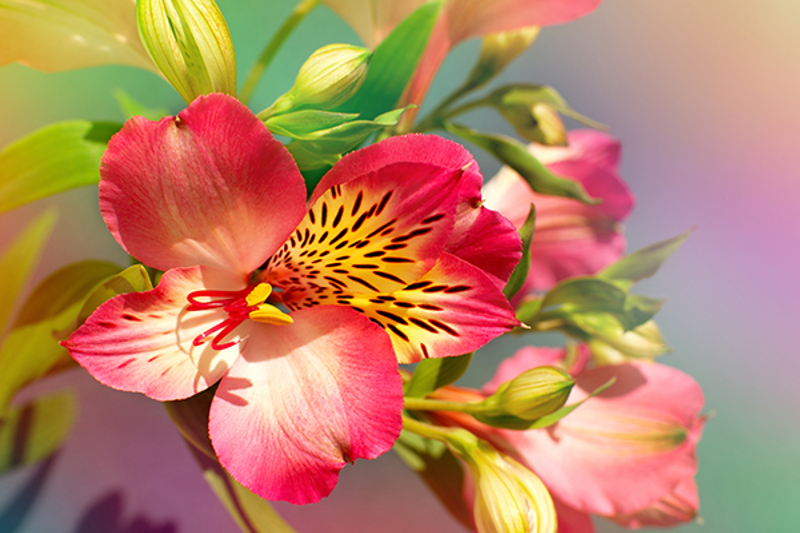
Gorgeous Alstroemerias
Perennial plants can help to create a long-lasting foundation in garden beds, that you can then design around with shorter lived annuals. Alstroemerias are a fantastic, reliable and beautiful group of perennials that bring joyous colour into late spring and summer.
Alstroemerias are heat and sun tolerant; they grow from tubers under the soil, which gives them the ability to go dormant in summer if the heat becomes extreme. They'll happily pop up again when the weather and moisture levels improve.
They look fantastic when grown in garden spot that receives morning sun and afternoon shade. They're great for pots, to brighten up an outdoor entertaining area or balcony.
Alstroemerias are incredibly popular flowers to use in bouquets and create a long-lasting vase display. ‘Pulling’ stems for a vase stimulates more flowering stems, so it'll help your alstroemerias to flower even more profusely. To encourage a fantastic show of flowers and healthy plants, feed regularly with Yates Thrive Roses Flowers Liquid Plant Food. (which is boosted with additional flower-promoting potassium).
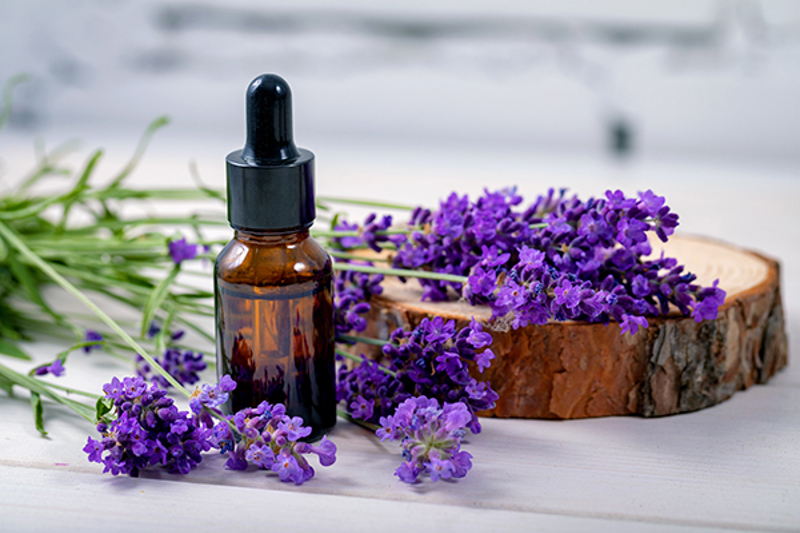
Fragrant Lavender
Magic is in the air. And it smells like lavender! Lavender is a fabulous choice to brighten a sunny courtyard or balcony.
Lavender varieties are fast growing, drought and cold tolerant, low maintenance plants. English, French and Spanish lavender varieties have differing flowering periods, so it's possible to have lavender flowers from late winter, right into summer. They do best in a spot with well-drained soil or potting mix (lavender really doesn't like wet feet) that receives at least 6 hours of sunshine a day. Give lavender an annual trim just after flowering, to keep it from getting too spindly.
Yates Lavender ‘Hidcote’ is a favourite for growing as a low informal hedge, due to an upright and compact habit. It's a cold-hardy English lavender, that reaches 40cm tall, known for especially richly-coloured deep purple flower spikes. 'Hidcote' has a very high lavender oil content, which gives off a very strong perfume. It's excellent for potpourris and sachets, infusions, or delightful scented bouquets.
-
Plant lavender in and around your edible garden to attract beneficial insects - they adore it.
-
Group 3–5 plants together in a drift, to create a block of eye-catching colour.
-
Lavender is a fragrant hero in sensory gardens.
-
Excellent in medium to large sized pots, on decks, patios and balconies.
-
Bring a bunch of cut lavender indoors, to fill the room with scent!
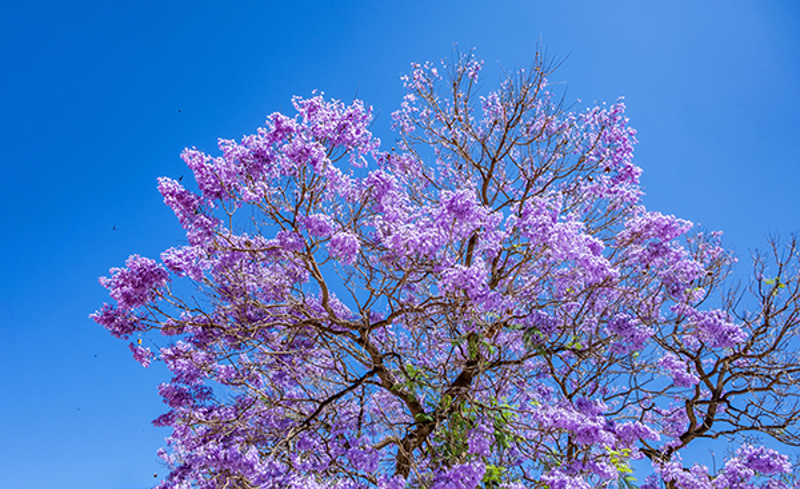
Jaunty Jacarandas
In warm areas of New Zealand, Jacarandas are at their spectacular purple-flowering best in November. Not just gorgeous when in flower, they're ideal as elegant shade trees for large gardens. The leaves fall in mid-spring, followed by their glorious floral display.
Native to South America, jacarandas grow best in temperate and tropical climates, although in cooler areas they'll tolerate light frosts once established (protect the tree from frost while it’s young).
Sprinkle Yates Dynamic Lifter Organic Plant Food around the root zone every 6–8 weeks during the warmer months, gently tickle it into the top soil, water in well and then mulch around the tree with an organic mulch like bark chips. This will help keep the roots protected and reduce moisture loss from the soil.
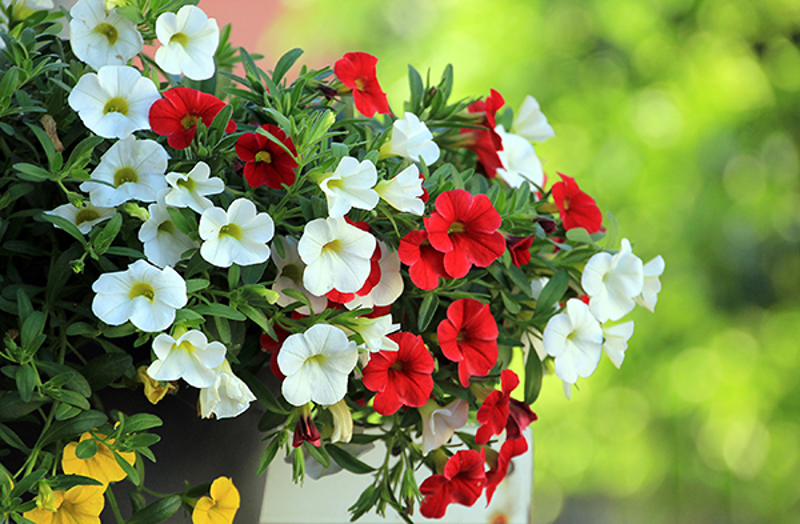
Creating Christmas Colour
How about some gorgeous pots of colourful flowers, that you can bring inside and decorate for your Christmas table? If you choose the right flowers, you can put them back in the garden afterwards, to keep on enjoying through summer.
It's fun to plan a colour theme for your table, then plant flowers to coordinate with your palette. You can go for traditional green, gold and red, or crisp snowy white, or introduce bold primary colours; these schemes all look amazing when garnished with some sparkly decorations or tinsel.
Decorating pots for the table is a great creative project to share with kids: give them some shiny wrapping paper offcuts, tinsel and sticky tape, then watch the fun unfold!
Early November is the time to get planting, so your potted creations are looking fabulous in time for the holiday season.
Inspiration:
-
Crisp white lobelia, alyssum and red geraniums combined with trailing Dichondra ‘Silver Falls’.
-
Hanging baskets filled with vibrant red calibrachoas and cascading white lobelia.
-
A planter bowl with a showy red geranium in the centre surrounded by a halo of white alyssum.
-
Rich plum-coloured petunias and cineraria ‘Silver Dust’ planted together in a nice pot.
Growing Tips:
-
To encourage lots of healthy growth and festive flowers, keep the pots well-watered and feed each week with Yates Thrive Roses Flowers Liquid Plant Food. It’s a complete plant food that’s boosted with additional flower-promoting potassium.
-
Regularly trim off any dead flowers to keep your plants looking tidy.
-
Keep an eye on your Christmas creation for insect pests like aphids and caterpillars, which can damage foliage and flowers. Fortnightly sprays with Yates Rose Gun Spray will help keep these destructive pests under control.
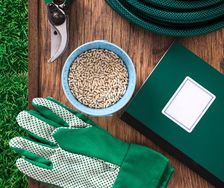
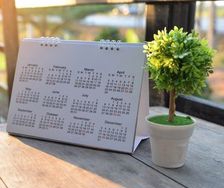
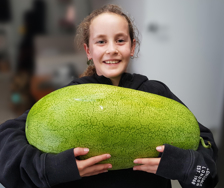
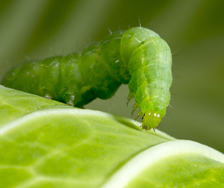
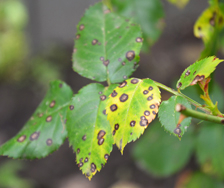
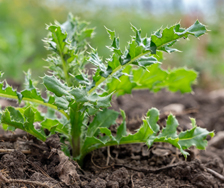
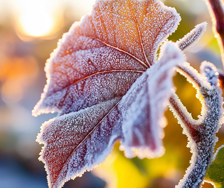
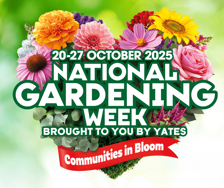









Share
Share this article on social media